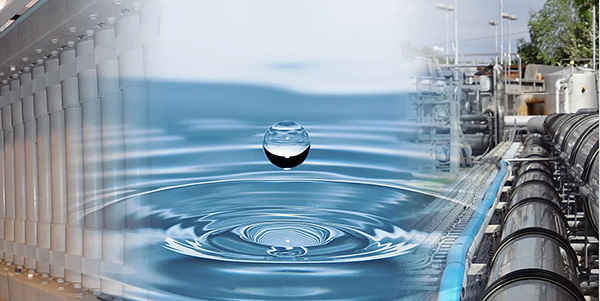What Human Activity Uses the Most Water Worldwide?
Understanding the World’s Greatest Water Consuming Activities
Water is an invaluable resource essential for life on Earth. While it covers about 71% of the planet’s surface, only a small fraction of it is freshwater suitable for human use.
With growing populations and increasing industrialization, the demand for water is escalating, leading to concerns about its sustainable management.

Agriculture: The Thirstiest Sector
Agriculture reigns supreme as the largest consumer of water globally. Irrigation, essential for crop production, accounts for approximately 70% of all freshwater withdrawals. From rice paddies to vast fields of cotton, corn, and soybeans, agriculture relies heavily on water for irrigation. This section explores the impact of agriculture on water resources and discusses sustainable practices to mitigate water wastage.
Industrial Processes: Manufacturing and Beyond
Industries: example manufacturing, energy production, and mining are major water consumers. From cooling machinery to processing raw materials, water plays a crucial role in various industrial processes. However, industrial activities often result in water pollution, further exacerbating water scarcity issues. This segment examines the water-intensive nature of industrial operations and explores strategies for water conservation and pollution prevention in the industrial sector.
Domestic Use: The Role of Everyday Consumption
While domestic water use constitutes a smaller percentage of total water consumption compared to agriculture and industry, it remains a significant factor, particularly in urban areas. From drinking and sanitation to washing dishes and watering lawns, households contribute to water demand on a daily basis. This part sheds light on household water usage patterns and offers practical tips for conserving water at home.
Energy Production: Powering the World with Water
Energy generation, particularly through hydropower and thermoelectric power plants, requires substantial water inputs. Hydropower dams harness the energy of flowing water to generate electricity, while thermoelectric power plants rely on water for cooling purposes. However, these practices can disrupt aquatic ecosystems and contribute to water stress in regions with high energy demands. This section discusses the water-energy nexus and explores alternative energy sources with lower water footprints.
Commercial and Service Sectors: Beyond the Basics
Commercial activities, including tourism, restaurants, and commercial agriculture, as well as service sectors like healthcare and education, also contribute to water consumption. Whether it’s water-intensive tourism infrastructure or healthcare facilities’ water needs, these sectors play a role in shaping water demand patterns. This segment examines the water requirements of commercial and service activities and emphasizes the importance of water-efficient practices in these sectors.
Towards Sustainable Water Management
As the global demand for water continues to increase, it is crucial to implement sustainable water management practices across every sector. From improving irrigation efficiency in agriculture to implementing water-saving technologies in industries and promoting water conservation at the individual level, collective efforts are needed to ensure the availability of freshwater for future generations.
By understanding the major water-consuming activities and their implications, we can work towards a more water-secure future for all.












